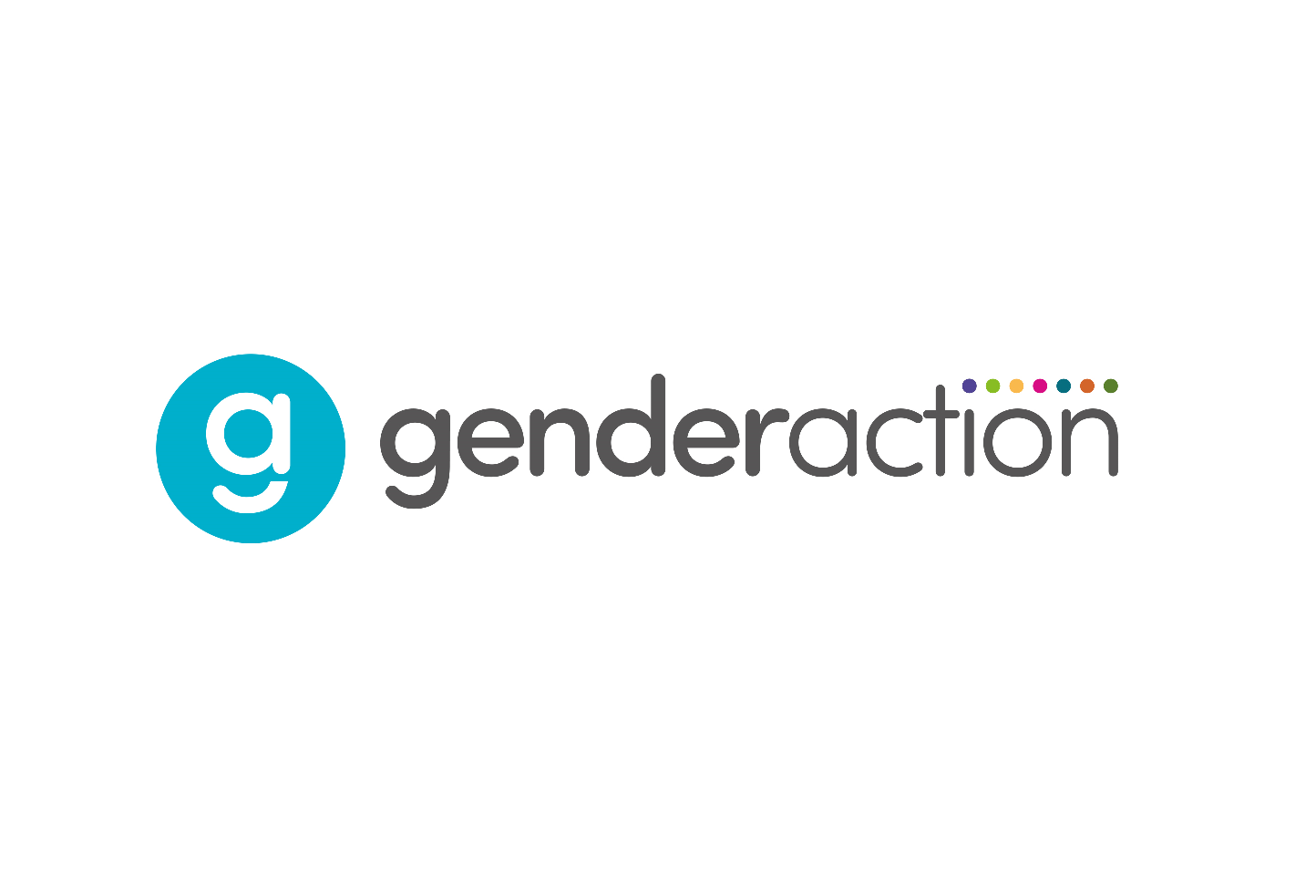Breaking the mould: Why Gender and Feminism are Vital in Children's Books
It’s safe to say that women are no longer living inside society’s preconceived box of expectations and stereotypes – look at International Women’s Day for a taste of the achievements made despite unwelcome bias. Their #ChooseToChallenge theme is all about challenging gender stereotypes, bringing attention to sexism and putting your hand up to call out inequalities to create a more inclusive world. Where better to plant the seed of feminism and awareness than in the biggest learning curve in life – during childhood?
While some may say it’s not appropriate, feminism for children and young people is vital to create a more accepting and inclusive world – let’s explore why.
What is feminism?
The International Women’s Development Agency (IWDA) define feminism as “All genders having equal rights and opportunities.” It’s not about promoting women above all others or hating on men and other genders – it’s about equality and inclusivity for all.
In reality, everyone can be a feminist regardless of gender – look at the HeForShe organisation for example.
Feminist fiction throughout history
Historically, men have always had more rights than women – they could vote, own property and be more easily published. For example, Charlotte Brontë and her sisters used pseudonyms for Jane Eyre and their other publications to avoid publicity as well as any prejudice for being authoresses.
Thankfully, the publishing world has advanced, but there are still concerns around fictional content and gender stereotyping. In recent years there has been a lack of diversity in novels that is a concern. One study found that there has been a decline in the number of female novelists and characters in literature since the mid-19th century. And that the language associated with women had become more about feelings than understanding and action. Notice there are more male villains than female, more nurturing mums than dads and very little transgender representation.
It may be a case of unconscious bias carried over from historical novels, but stories these days should reflect the world as it is – with people of all genders, feelings and human flaws as well.
Gender stereotyping and its effect on children
Some may say that this representation is not necessary for children’s books, but it’s all about well-being and acceptance.
“Children who chose ‘being tough’ as the most important trait for boys, or ‘having good clothes’ as the most important trait for girls, are shown to have the lowest well-being across the group.”
Using stereotypical roles and characters in children’s novels can reinforce any gendered environments and opinions they may already have learned from the adults around them. If they feel they aren’t matching up to these expectations of being pretty or tough or funny, it can harm their self-esteem and confidence. It could also make them think it’s normal for women to be mothers only and for men to be villains.
By publishing and buying feminist books for children and young people that explore more realistic gender roles, we can help children feel more accepted and welcoming of those who don’t conform or fit the stereotype. The end goal being: these children and young people grow up and become more inclusive adults able to offer and apply equal opportunities for all.
How to break the stereotypical moulds with books about feminism
Books are a great place to start challenging any gender stereotypes a child may already have as they can read at their leisure without any pressure or danger of upsetting the balance. It’s a safe way for them to educate themselves and can help them become more comfortable in their skin.
Schools can buy collections of feminist books for their libraries and classrooms online, but here are a few others if you wanted to purchase some for use at home:
For younger children:
Little Feminist Board Book Set by Emily Kleinman and Lydia Ortiz (Illustrator)
Full of positive real-life women how have impacted the world.
Ages 3 and up:
Zog by Julia Donaldson and Axel Sheffler
From the team who wrote The Gruffalo, this book and its subsequent sequels are all about accepting who you are.
For older children:
Opal Plumstead by Jacqueline Wilson
Set in pre-WW1, this follows a plucky 14-year-old Opal as she learns to support her family, makes new friends and accepts her new life and role in the world.
For teens:
Now a Netflix series, this explores small-town stereotypes and the outdated sexist rules of high school life.
The key theme in these is that there are characters who are acting to effect change, to be equals. They show that certain feelings or characterisations are not saved for one gender. Boys can be emotional, women can be CEOs, men can be parents and girls can be warriors. Seeing characters do things that are not stereotypically expected from society will help children grow up more accepting and able to better express themselves and include others – they will be feminists.
Society has changed, gender roles are not what they once were and the world is becoming more diverse and inclusive. Teaching children and young people about this is an ideal way to futureproof these advancements. It can be difficult, but there should be no more wondering how do you teach a child about feminism – just get them some age-appropriate feminist books and encourage them to read a few times a week. How else are we going to stamp out sexism than with feminist fiction? Let’s help children and young people to read about the world and grow up challenging bias and being inclusive to everyone.
